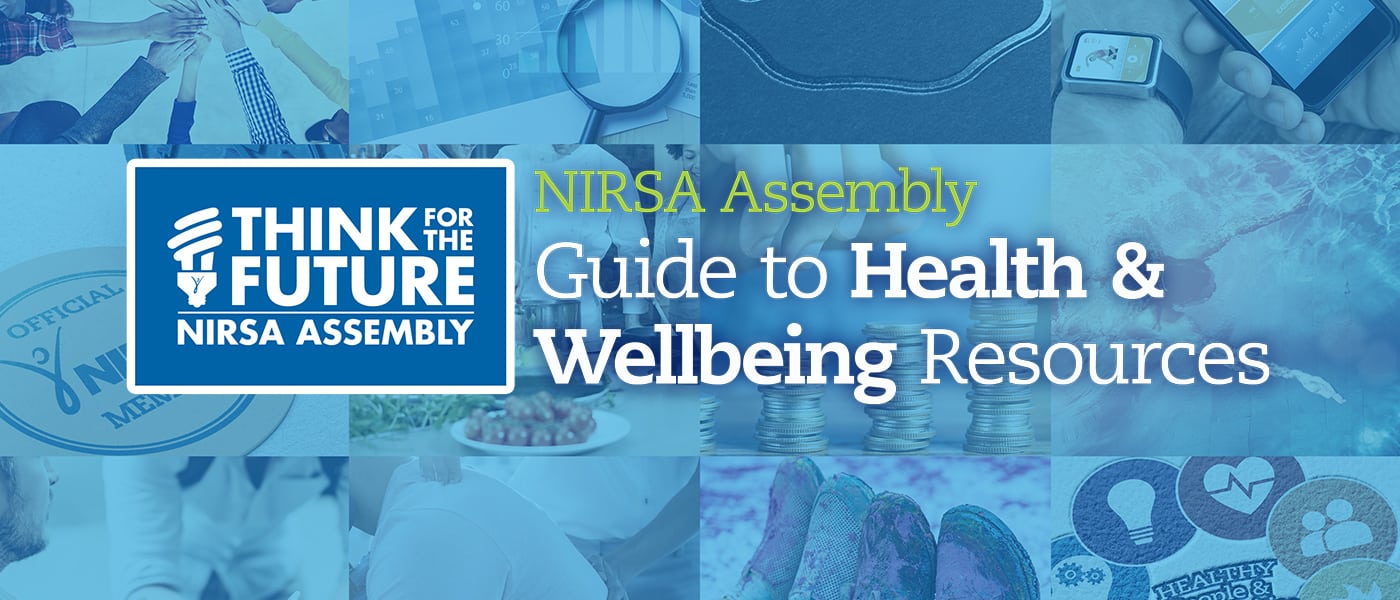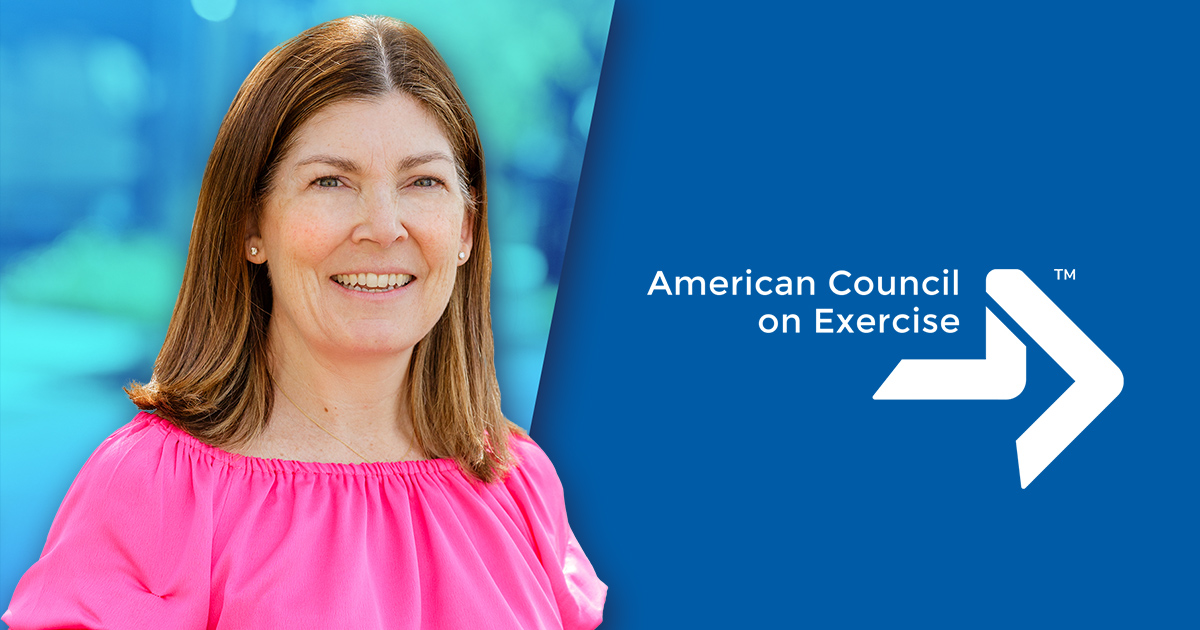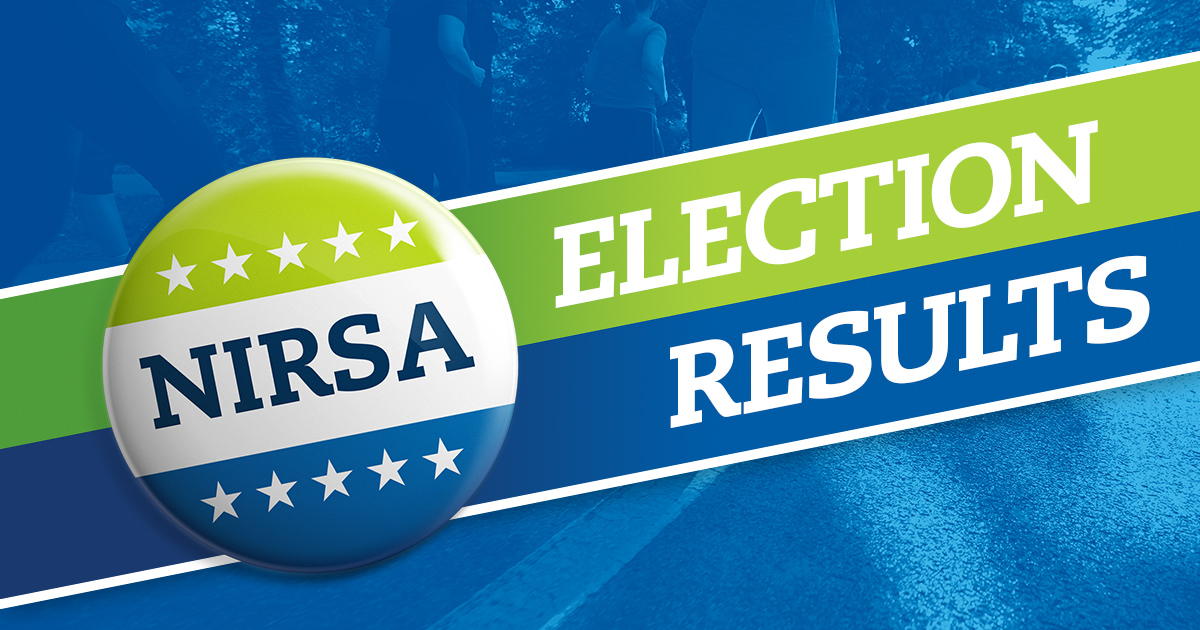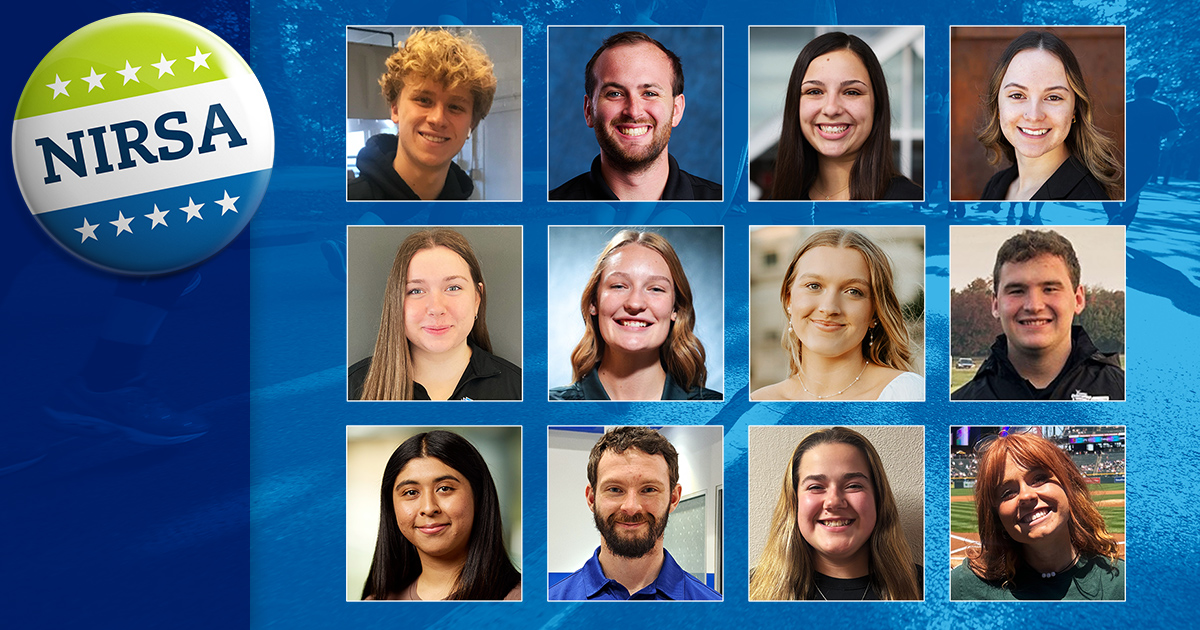Student health and wellbeing is integral to success in college and post-college. This success hinges on a student’s ability to implement healthy practices, coping mechanisms, and self-care in times of need. Having access and exposure to health and wellbeing programs, services, and facilities may be the most meaningful co-curricular resources an institution of higher learning can provide for students.
As campus recreation and other student affairs professionals have recognized, “By focusing on the whole – the whole person, the whole educational experience, the whole institution, the whole community – well-being becomes a multifaceted goal and a shared responsibility for the entire campus.”
Guide to health and wellbeing resources
The 2017-2018 NIRSA Assembly is excited to announce the release of its guide to health and wellbeing resources—an online tool created for collegiate recreation professionals who want to learn about current and emerging promising practices and initiatives surrounding student health and wellbeing, or desire to develop or enhance health and wellbeing programs and initiatives on their campus.
The resource guide highlights health and wellbeing programs within collegiate recreation departments and facilities, and across college campuses. The resource guide will continue to evolve as the work surrounding health and wellbeing in higher education continues to be a priority for the profession and the Association.
As a campus recreation professional, you may directly oversee fitness and wellbeing programs; or you may be a departmental or program director; or perhaps you serve as part of a team that has been charged with integrating health and wellbeing within your department or in collaboration with campus partners. Whatever your role, we hope you’ll use the resources in this online guide to:
- Be able to better articulate what holistic health and wellbeing means from a multidimensional approach, be informed on emerging trends in the industry, as well as access resources and tools related to health and wellbeing.
- Gain an understanding of a few of the many examples of integrated health and wellbeing programs and facilities are being offered on college campuses, as well as how these programs and facilities have been funded at select institutions.
- Learn about the role campus recreation professionals have in leading or assisting with institution efforts to integrate health and wellbeing into campus life and the culture of the institution. Information on unique reporting structures and staff credentials are included.
Supporting NIRSA’s Strategic Plan
NIRSA members recognize health and wellbeing as integral to student success and a thriving campus community. Campuses that practice a culture of wellbeing advance not only higher learning but also the core purpose of higher education: to prepare students to lead healthy, flourishing, and productive lives, so they in turn contribute to a positive, vibrant, sustainable, civically engaged, and global society.
This work supports the newly adopted strategic plan of the Association, specifically NIRSA’s strategic priority to be a key player in an integrated approach to health and wellbeing.
- If you have feedback about the resource guide, please contact the NIRSA Assembly.
Lynn Nester is currently Director of PE and Recreation at University of Oregon; she can be reached at nester@uoregon.edu.







